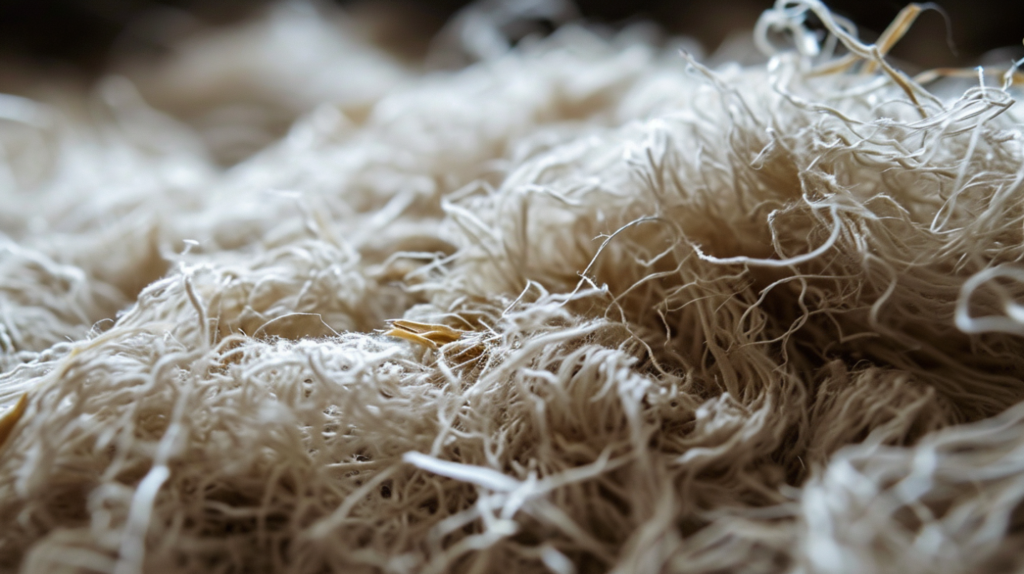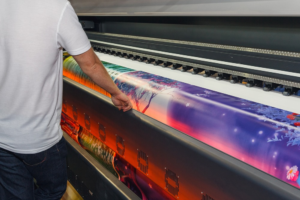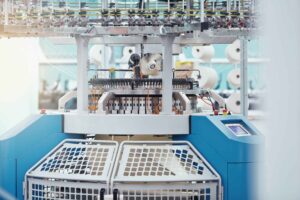The global textile industry is undergoing a transformative shift towards sustainability, and cellulose fibers are emerging as a pivotal player in this paradigm change. Derived from renewable sources like wood pulp, cotton, bamboo, and other plant-based materials, cellulose fibers have sparked significant interest owing to their eco-friendly characteristics and versatility. As the textile industry seeks greener alternatives, cellulose fibers have emerged as a frontrunner, reshaping the future of textiles.
Rise of Cellulose Fibers
Cellulose fibers, notably Lyocell, Modal, Viscose, and their derivatives, have gained traction due to their natural origin and environmentally friendly footprint. Lyocell, for instance, produced from eucalyptus or bamboo, stands out for its high strength, breathability, and biodegradability. Modal, derived from beech trees, offers softness and moisture absorption, making it ideal for various applications. Viscose, although an older variant, is being revamped with newer technologies to enhance its eco-credentials.
Market Dynamics
The cellulose fiber market has witnessed substantial growth in recent years, driven by an increased emphasis on sustainability across industries. With consumers becoming more eco-conscious, textile manufacturers are shifting towards cellulose fibers as a sustainable alternative to conventional materials like polyester and nylon. This shift is further accelerated by stringent environmental regulations and consumer demand for ethically produced textiles.
The market has seen a surge in research and development activities aimed at improving the production processes of cellulose fibers. Efforts are focused on reducing the environmental impact, enhancing efficiency, and innovating with blends and finishes to expand the application scope of these fibers.
Key Drivers
Several factors are propelling the cellulose fiber market forward:
- Sustainability Initiatives: Growing awareness about environmental issues and the need for sustainable products is driving the demand for cellulose fibers.
- Performance Characteristics: Cellulose fibers offer a balance between comfort, durability, and breathability, making them desirable for a wide range of textile applications.
- Innovative Technologies: Ongoing research and technological advancements are improving the production processes, resulting in more eco-friendly and cost-effective cellulose fibers.
- Consumer Preference: With consumers increasingly prioritizing eco-friendly products, brands are incorporating cellulose fibers into their offerings to meet this demand.
Future Outlook
The future of the textile industry appears intertwined with cellulose fibers. Projections indicate a steady growth trajectory for cellulose fibers, driven by the demand for sustainable textiles. The adoption of these fibers is expected to increase across various segments, including apparel, home textiles, medical textiles, and more.
Moreover, advancements in production technologies, such as closed-loop manufacturing processes that minimize waste and water usage, will further bolster the market. Collaborations between industry players and research institutions to innovate and develop new variants of cellulose fibers will also contribute to market expansion.
Challenges Ahead
Despite the positive outlook, challenges persist in the cellulose fiber market. Issues related to sourcing sustainable raw materials, energy-intensive production processes, and the need for stringent quality standards pose hurdles. Additionally, ensuring transparency in the supply chain and addressing concerns regarding deforestation for wood pulp sourcing are critical challenges that need to be addressed for sustainable growth.
Cellulose fibers are at the forefront of the textile industry’s sustainable revolution. As consumers increasingly prioritize environmentally friendly products, the market for cellulose fibers is set to expand. With continued innovation, technological advancements, and a collective commitment to sustainability, cellulose fibers are poised to redefine the textile landscape, offering a greener and more sustainable future for the industry.




